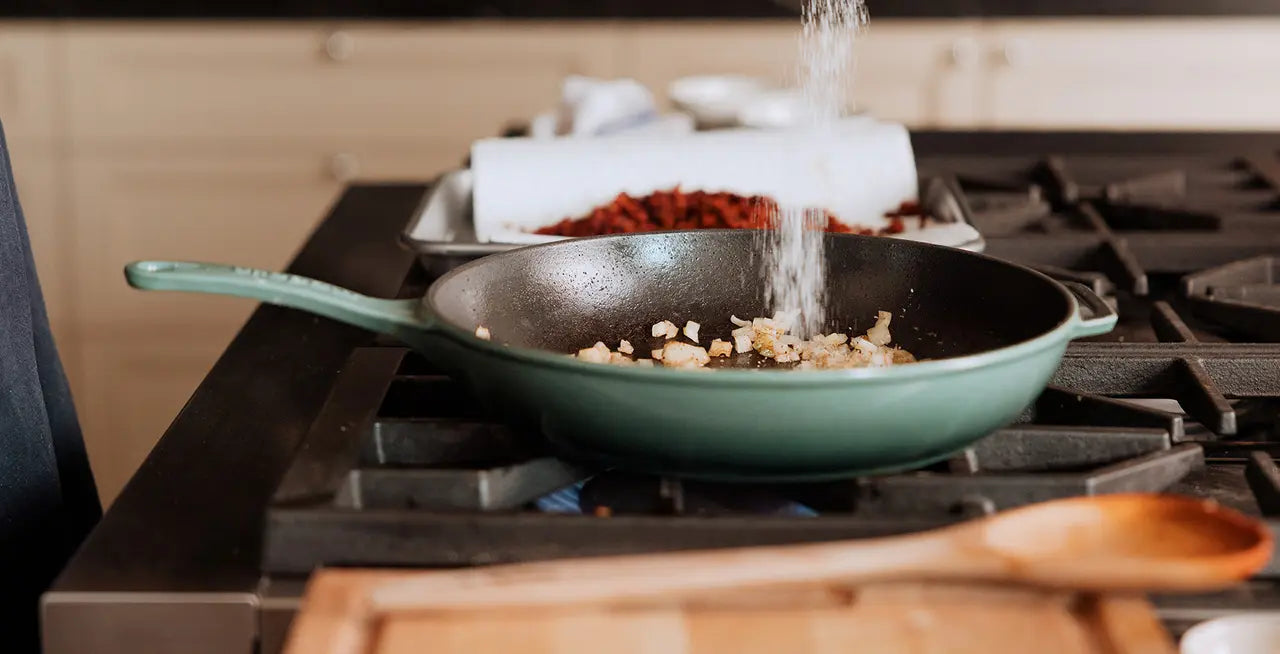When it comes to cooking, a well-seasoned cast iron skillet is an essential tool every kitchen professional should have. How to season a cast iron skillet with avocado oil? is a question that not only reveals the curiosity of the culinary world but also addresses a vital cooking skill. This article aims to provide remarkable insights into the seasoning process, focusing on the benefits of avocado oil.

What is Seasoning and Why is it Important?
Before diving into the nitty-gritty of how to season a cast iron skillet with avocado oil, lets understand what seasoning actually means. Seasoning is the process of treating the cast iron surface with a layer of fat that polymerizes and forms a non-stick coating. This not only protects the skillet from rust but also gives your culinary creations a delightful flavor.
Using avocado oil specifically offers a tremendous advantage due to its high smoke point (around 520F). It stands up well during high-temperature cooking, making it a delighted choice for professionals seeking quality performance.
Gathering Your Supplies
Before starting, make sure you have everything you need:
- Avocado oil
- A clean and dry cast iron skillet
- A soft cloth or paper towel
- An oven or stovetop
Having these supplies on hand will allow for a smoother, life-changing seasoning experience.
Step-by-Step Guide to Seasoning
Step 1: Clean Your Skillet
If youre working with a new or previously used skillet, start by thoroughly cleaning it using hot water and a brush. For an older skillet, you might need to use some salt to remove any rust. Once youve scrubbed away all debris, make sure to dry it completely.
Step 2: Apply Avocado Oil
Pour a small amount of avocado oil into the skillet. Use a cloth or paper towel to spread an even layer across the entire surface. This includes the cooking surface, the sides, and the handle. It's crucial not to use too much oil, as excess oil can lead to a sticky surface.
Step 3: Heat Your Skillet
Place the skillet upside down in your oven. Set the temperature to 450F. Heating the skillet upside down allows any excess oil to drip off, while polymerization occurs evenly over the skillets surface.
Step 4: Bake
Let the skillet bake for about one hour. This process allows the avocado oil to reach its smoke point, helping it to bond with the cast iron and create a durable non-stick surface.
Step 5: Let it Cool
After an hour, turn off the oven but leave the skillet inside to cool. Cooling gradually will help minimize warping and cracking, maintaining the structural integrity of your skillet.
Tips for Future Maintenance
When it comes to keeping your cast iron skillet in prime condition, remember the following:
- Always dry your skillet after washing to prevent rust.
- Reapply avocado oil regularlyespecially after cooking.
- Store the skillet in a dry place to maintain seasoning.
- Use mild soap occasionally; a bit wont strip the seasoning if used carefully.
For more tips on maintaining a cast iron skillet, check out this excellent resource on cast iron maintenance.

FAQ
1. Can I use other oils for seasoning?
Yes, but avoid oils with low smoke points as they can create a sticky surface. Oils like flaxseed or grapeseed oil can also be used.
2. How often should I re-season my skillet?
Its advisable to re-season your skillet every few months or after heavy use to maintain its non-stick properties.
3. Is avocado oil safe for high-temperature cooking?
Absolutely! Avocado oil's high smoke point makes it one of the safest oils for high-temperature cooking.
As an Amazon Associate, I earn from qualifying purchases.





Leave a comment
This site is protected by hCaptcha and the hCaptcha Privacy Policy and Terms of Service apply.